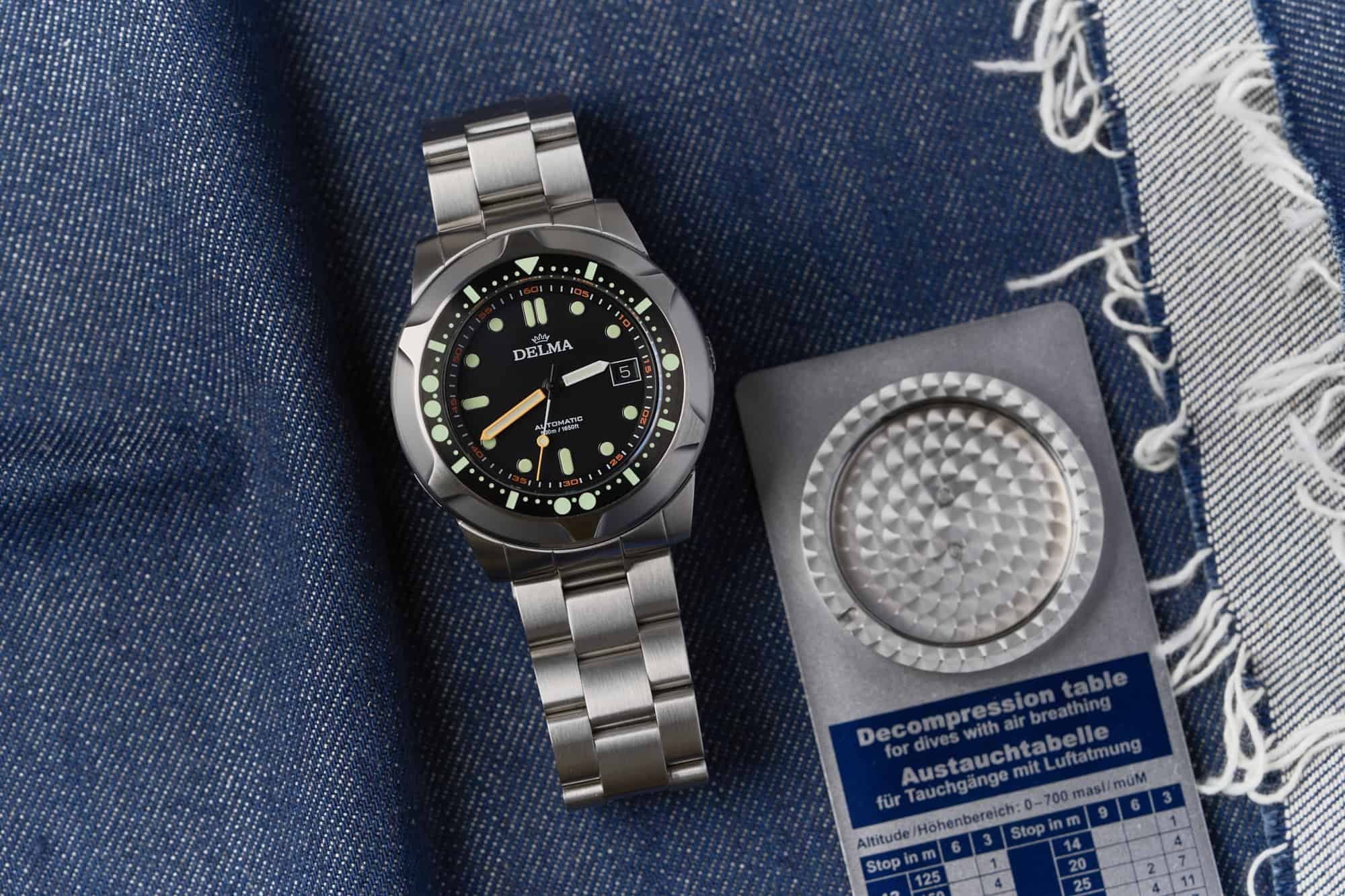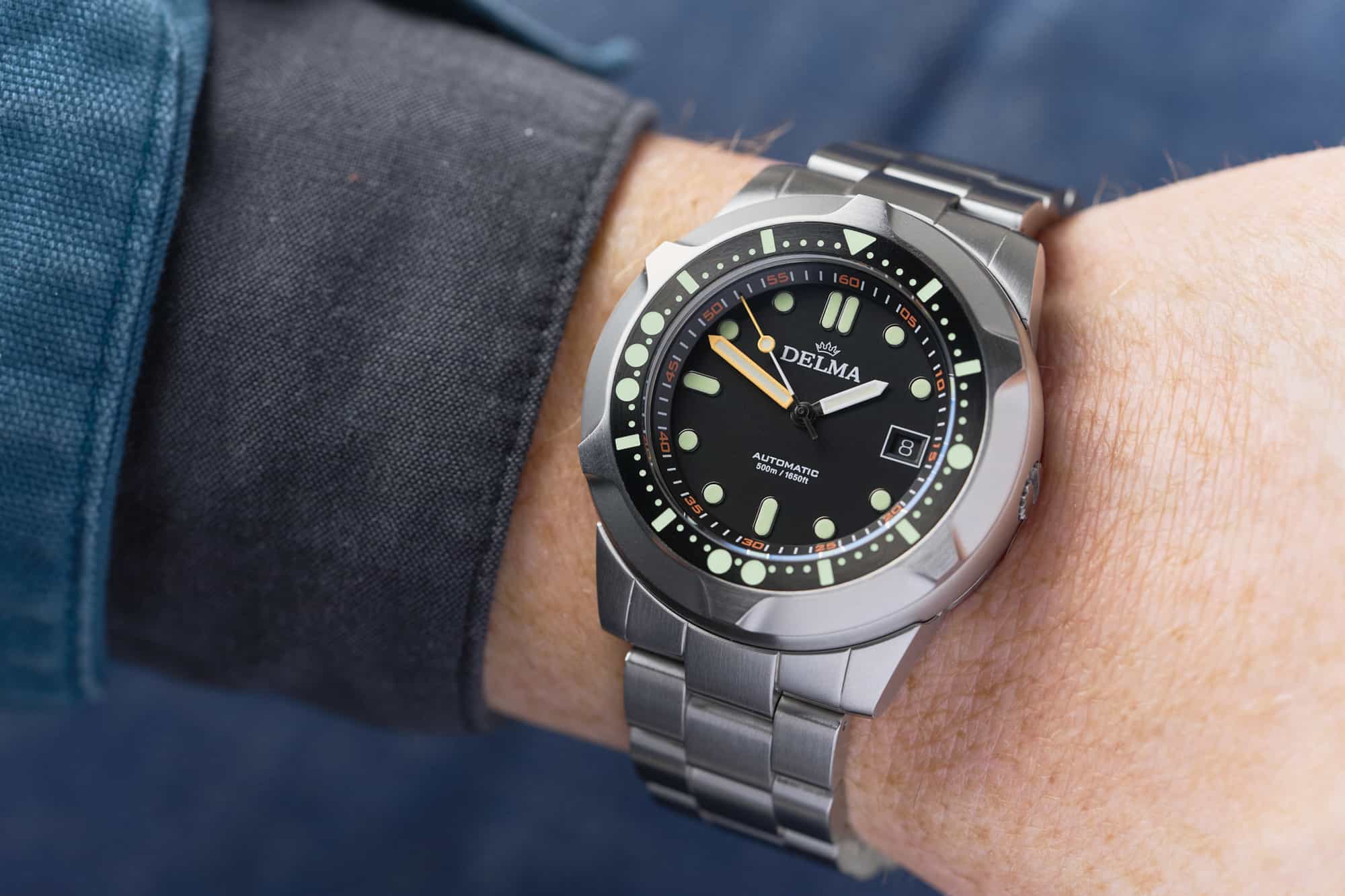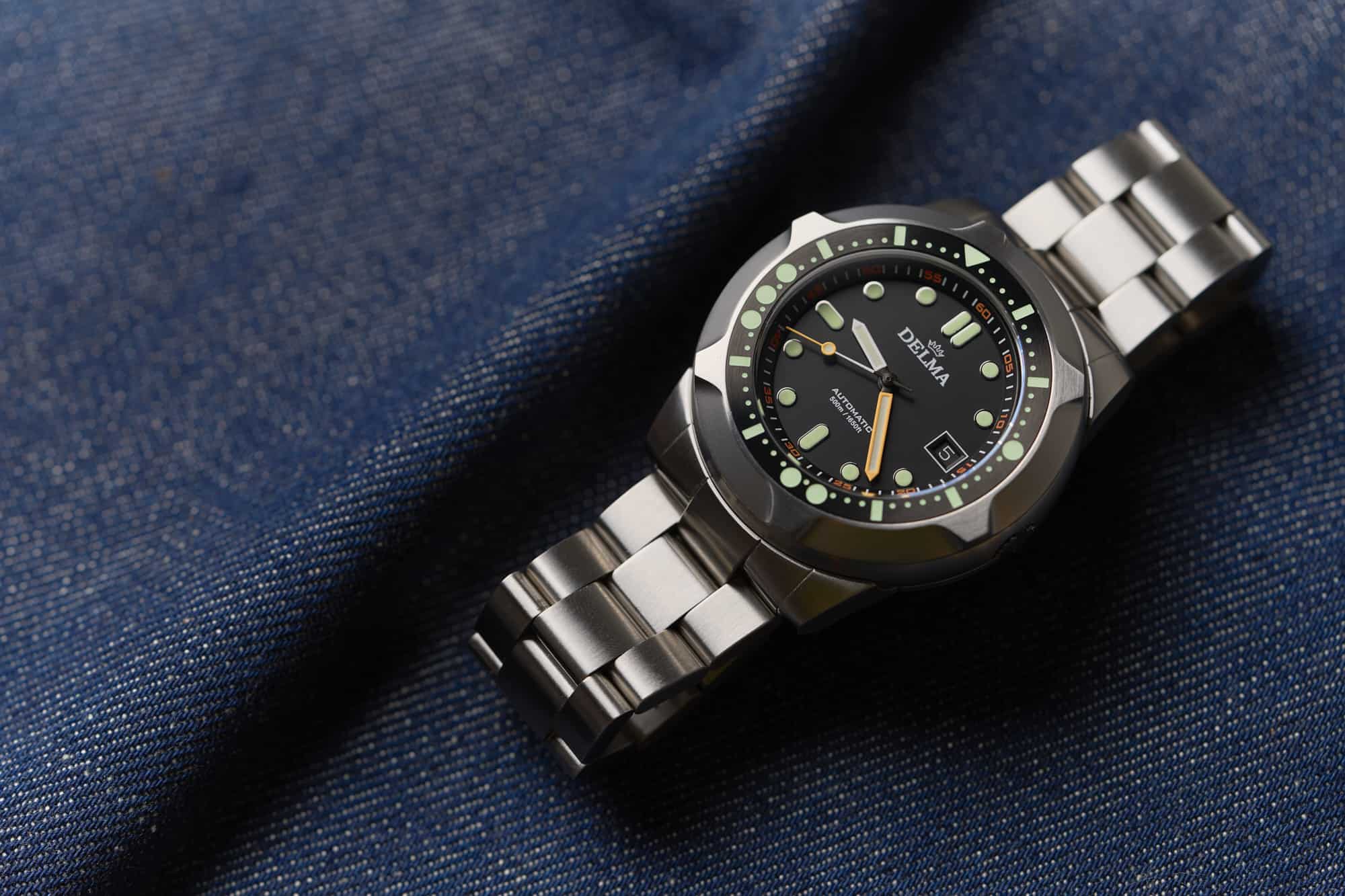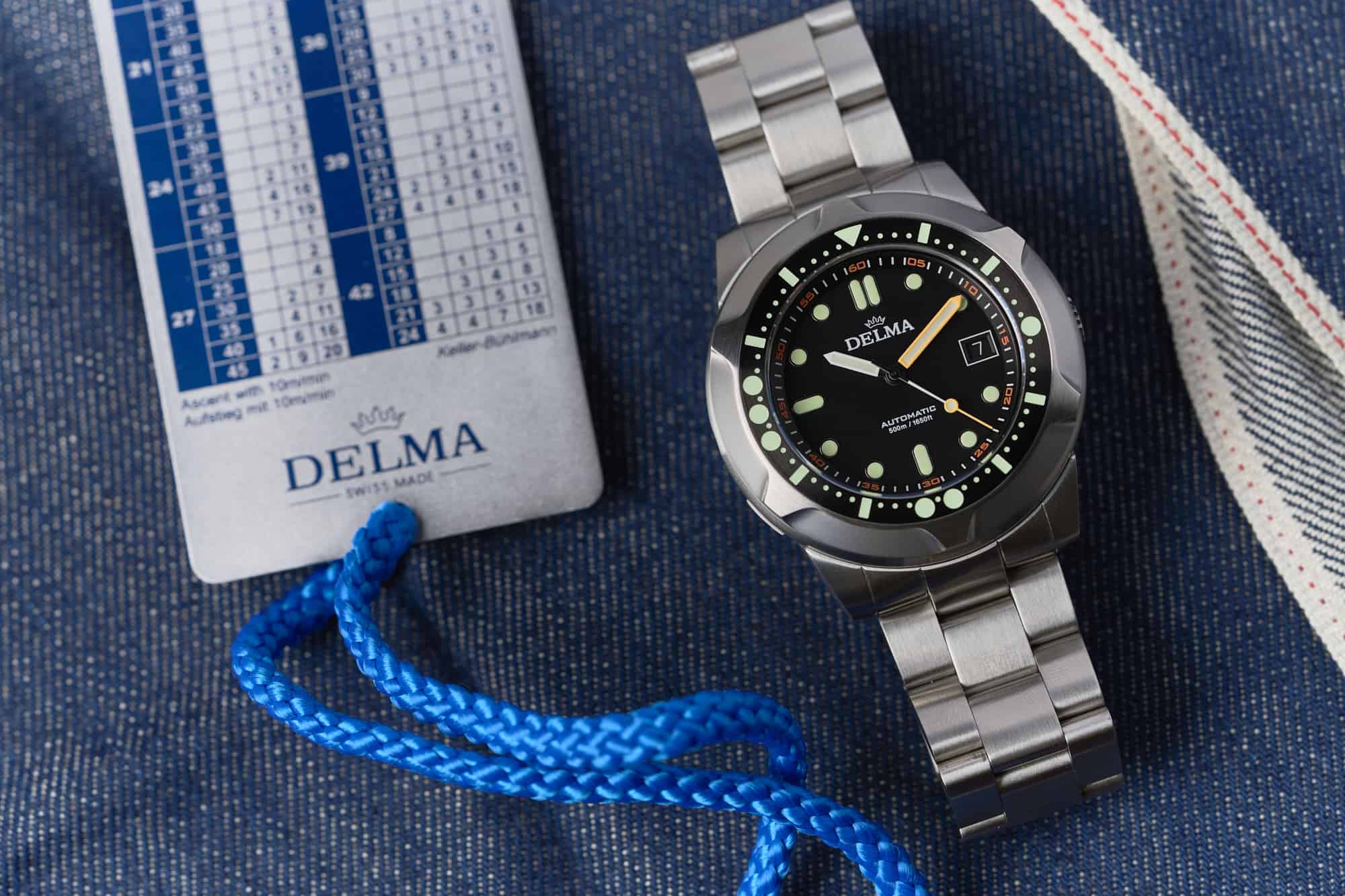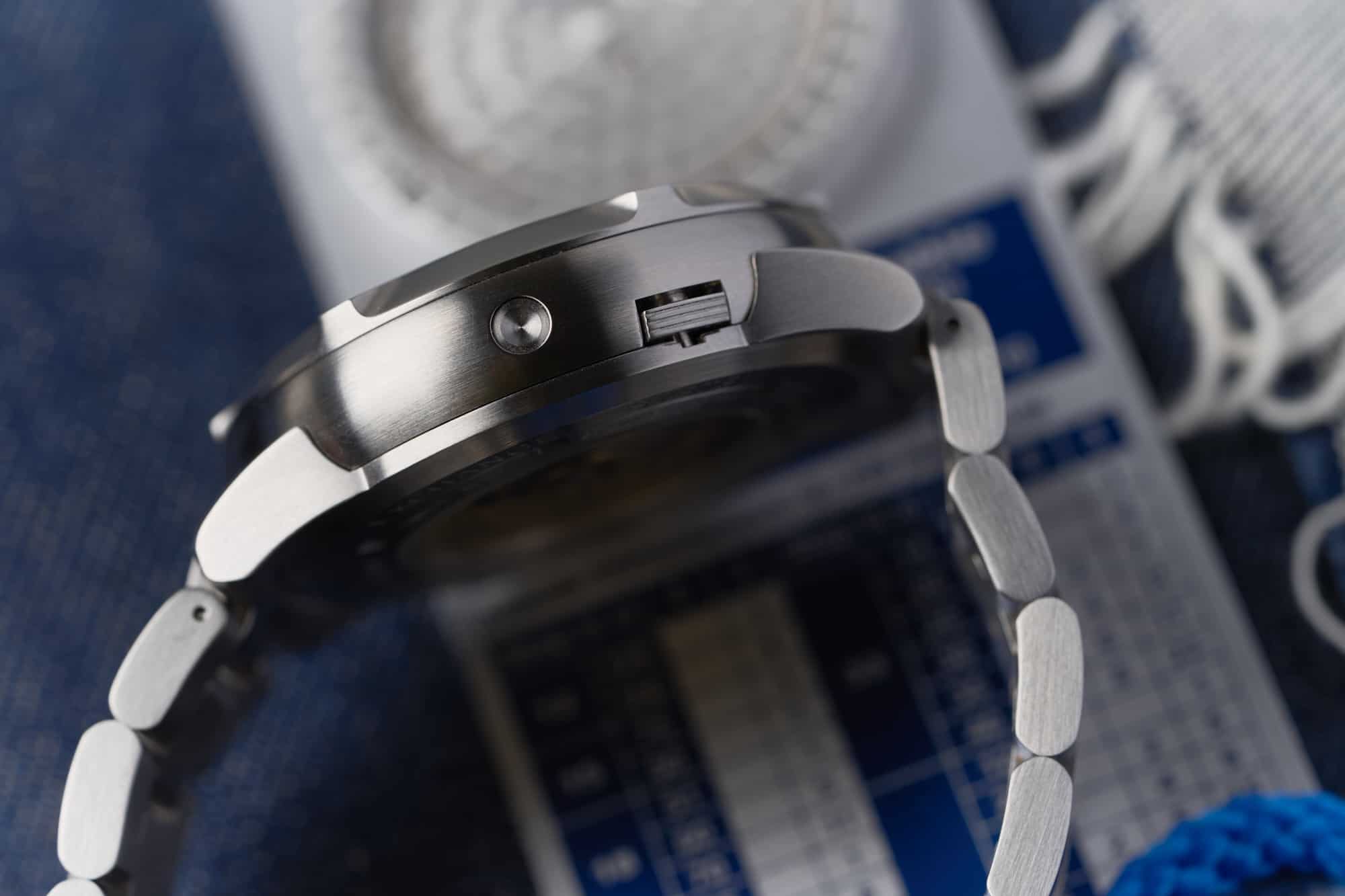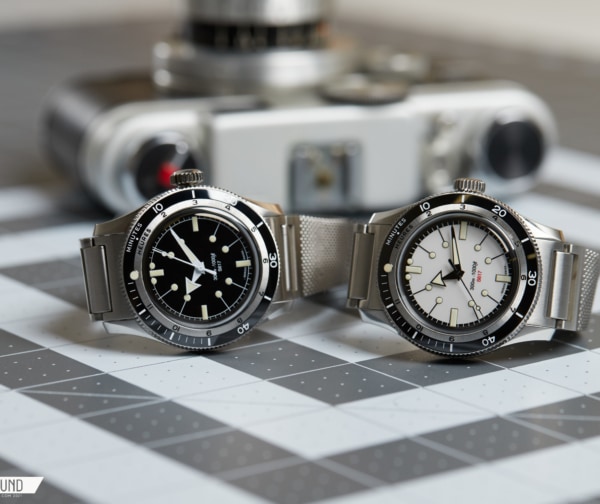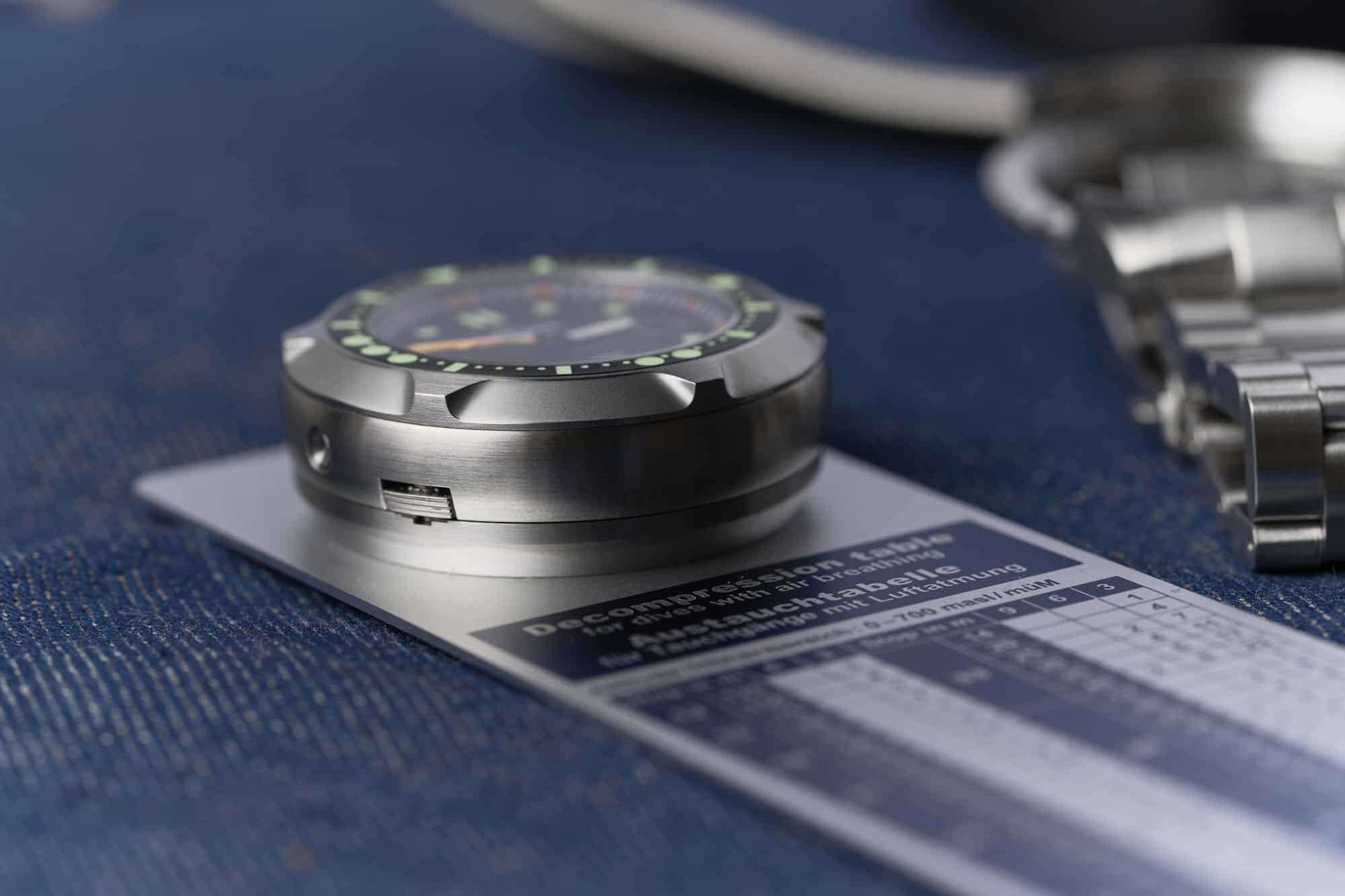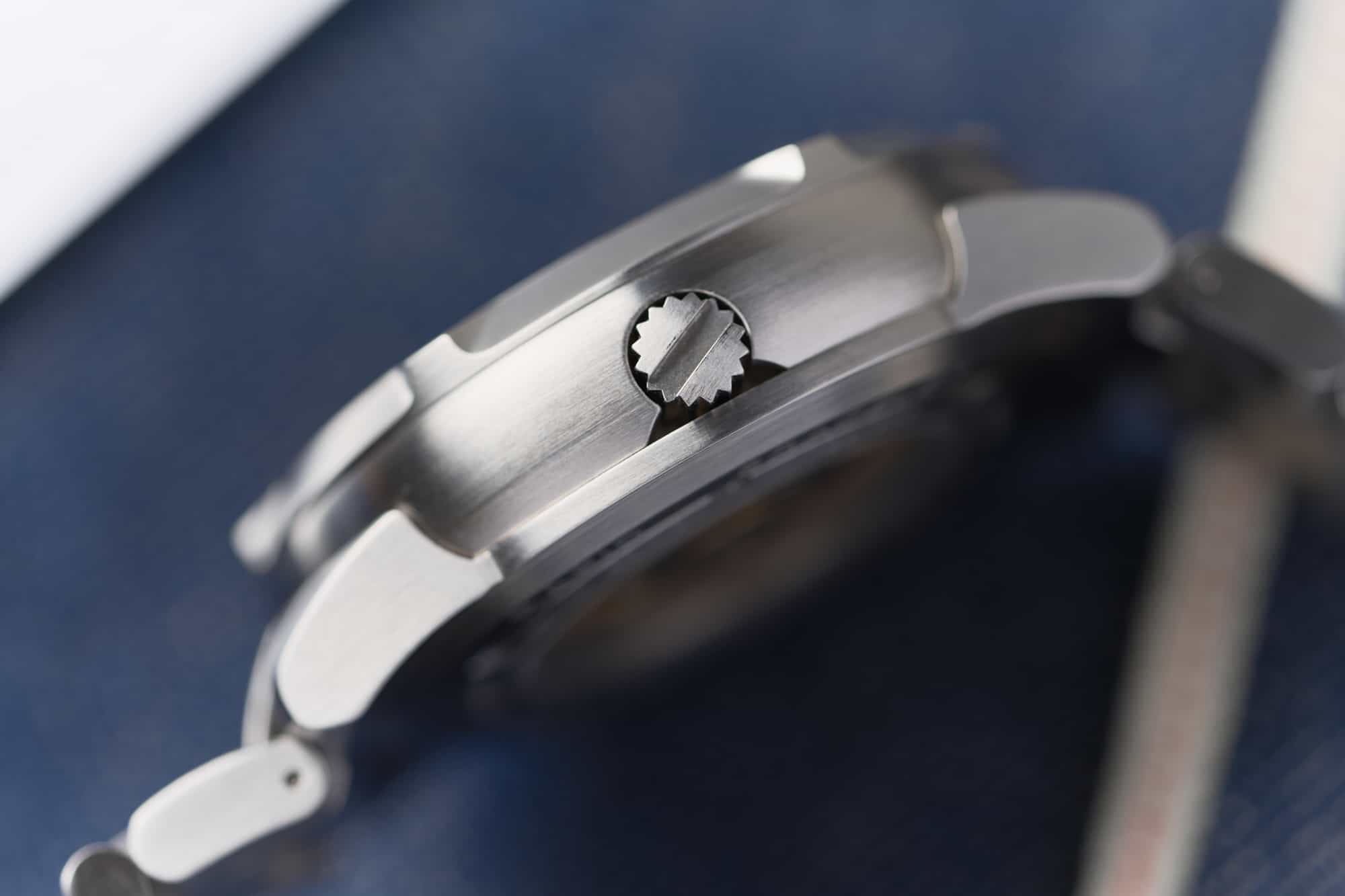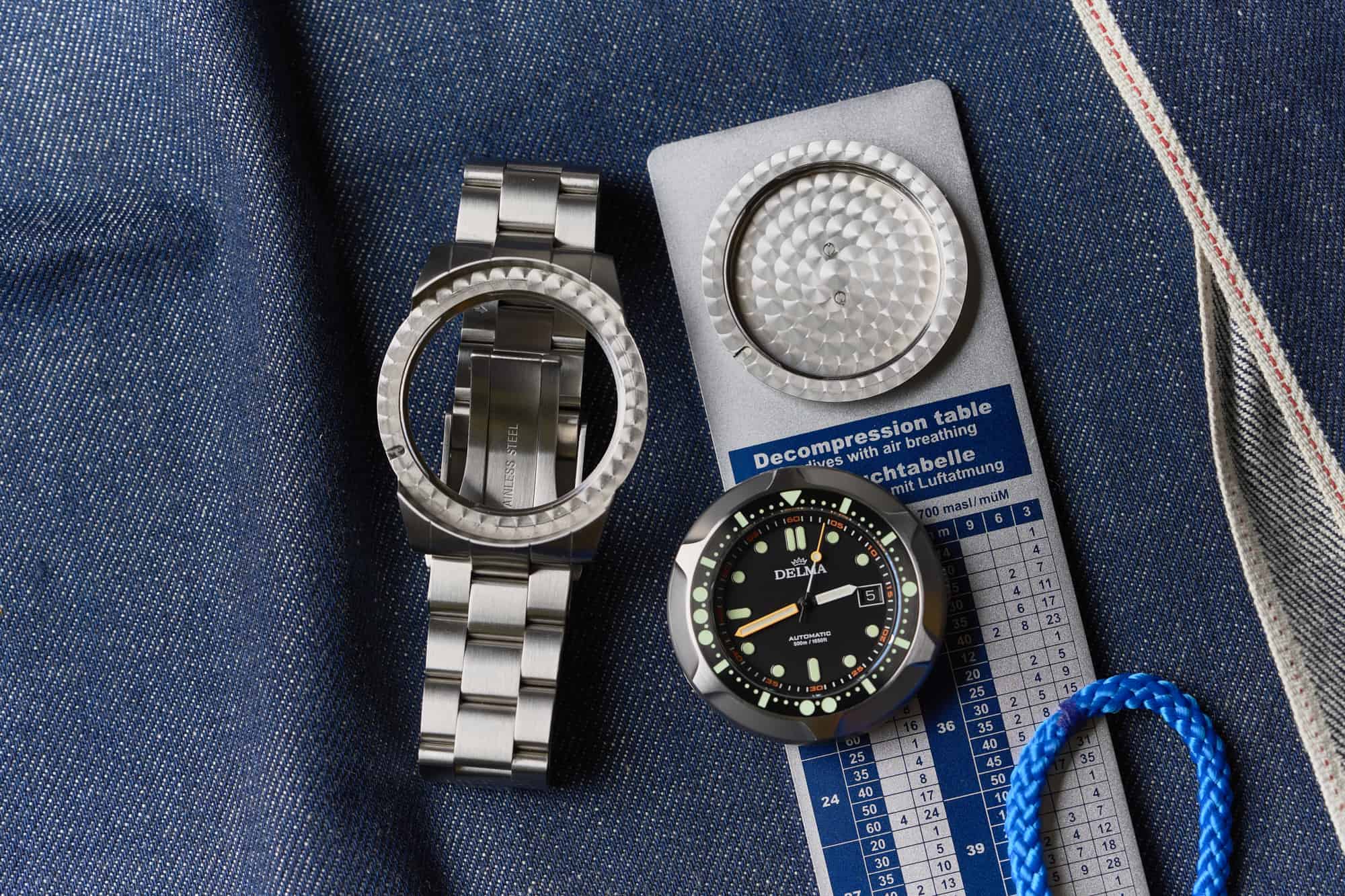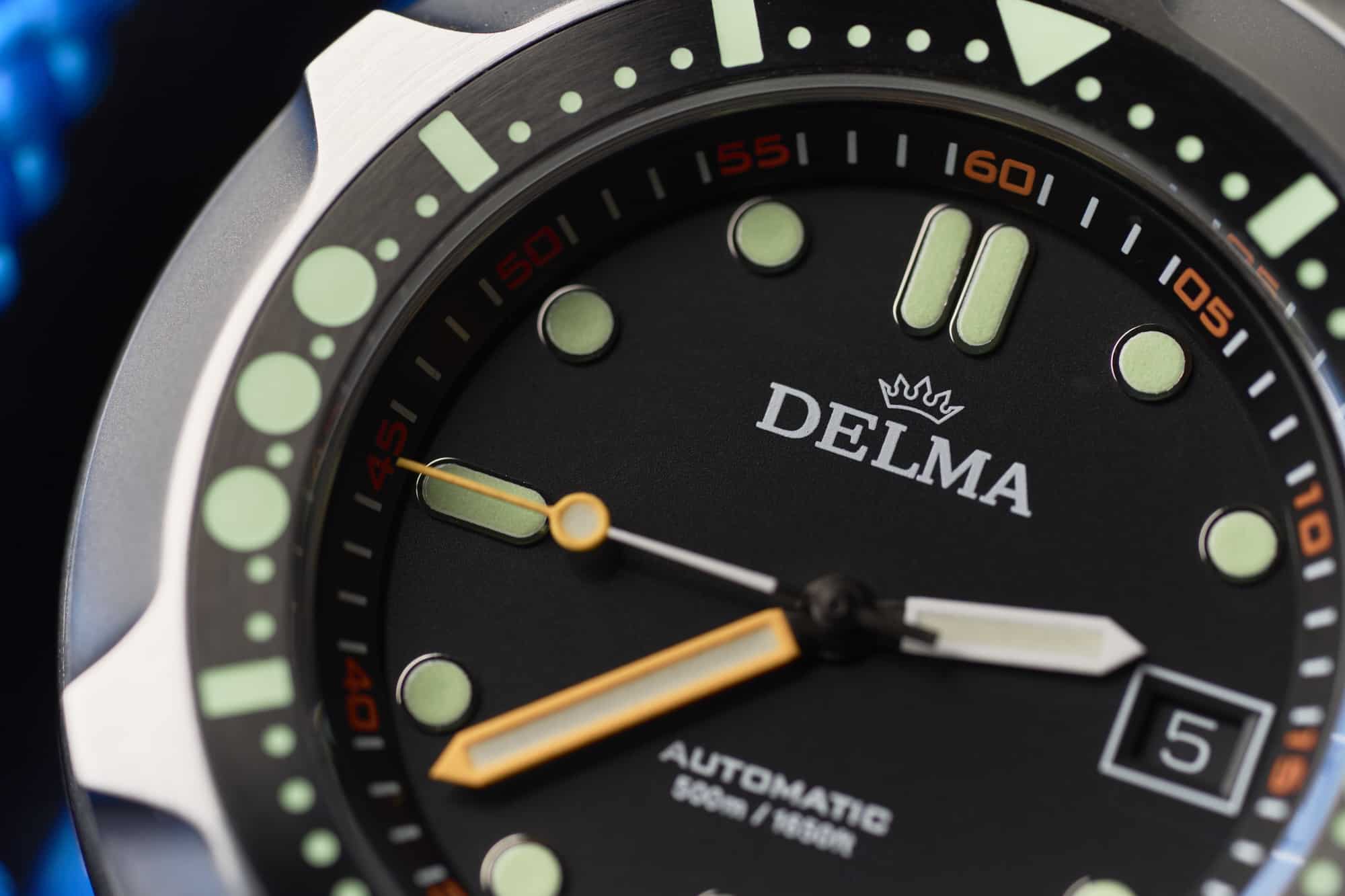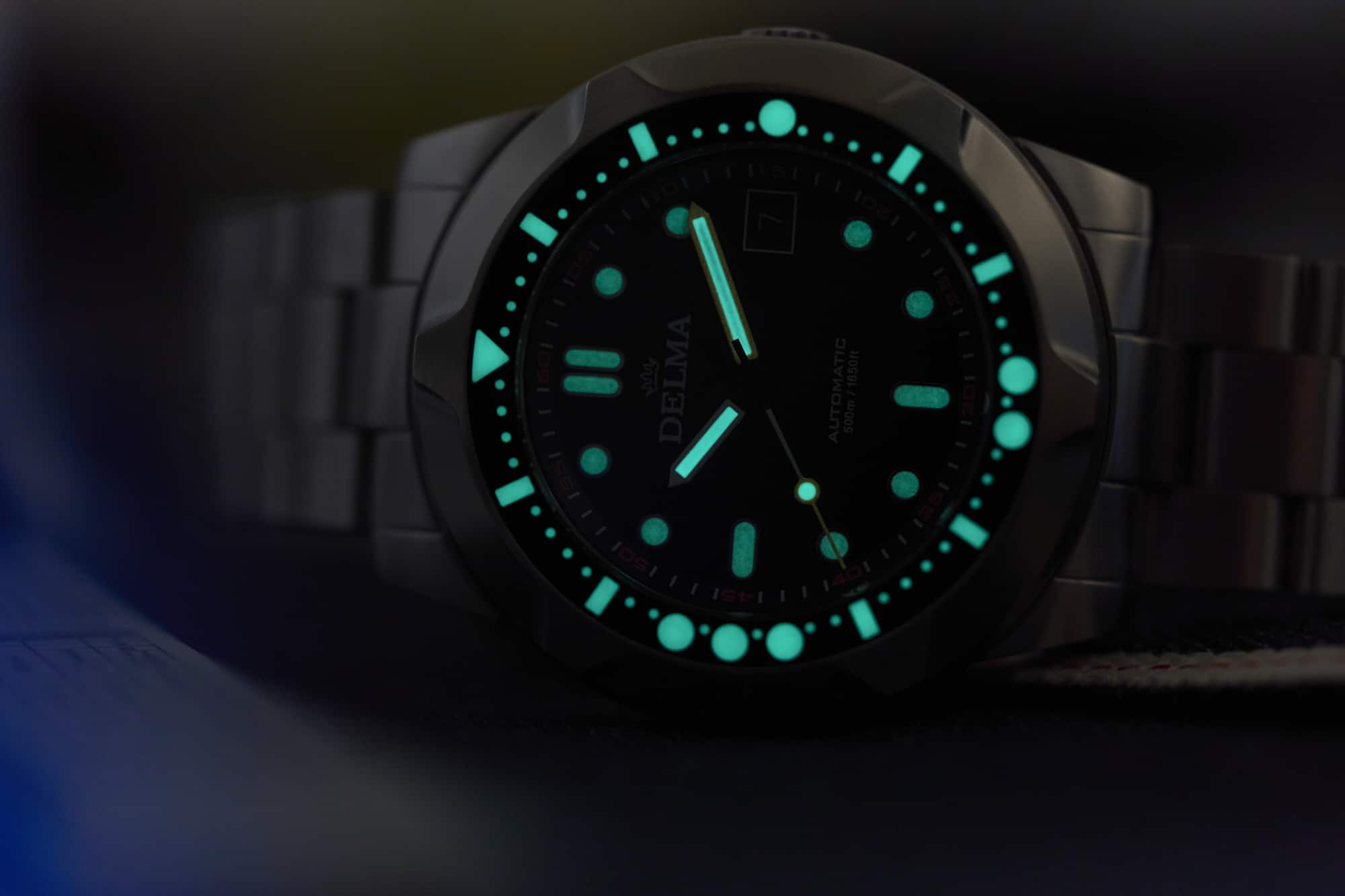The word “gimmick” gets thrown a lot in collecting circles, and it almost always has a negative connotation. I’ll give you an example: during my recent stint with the H. Moser Streamliner Tourbillon Vantablack, I had several conversations with many astute collectors who I respect a great deal refer to the dial’s Vantablack coating as a gimmick. I even used the term myself in my own review. Maybe it is a gimmick, and maybe it’s not. But in my opinion, it was successful, at least in that watch, and it put a smile on my face whenever I was forced to consider just how strange it actually is.
Gimmicks are gimmicks precisely because they’re out of the ordinary, and I don’t think collectors should dismiss them out of hand simply because they’re meant to attract attention and start a conversation. At the end of the day, the watch world is full of products that all basically do the same thing, and far too often look and work in the same way. When a brand comes up with an interesting angle that veers from the norm, well, that’s exactly the kind of thing that draws curious collectors in.
The Delma Quattro, which I’ve recently had the chance to test over a period of a few weeks, is a watch with a gimmick. It’s a dive watch, which should be obvious enough from the large rotating bezel and chunky case. But this watch has a trick up its sleeve, or rather on the side of its case, in the form of a small latch that when engaged, springs the watch head itself from a locking cradle built into the bracelet. Delma calls this the Rapid Bracelet Exchange System, and it’s meant to allow divers to quickly move the case from a bracelet, to a rubber strap, to a specially designed decompression plate that Delma provides with each watch.









 Featured Videos
Featured Videos




